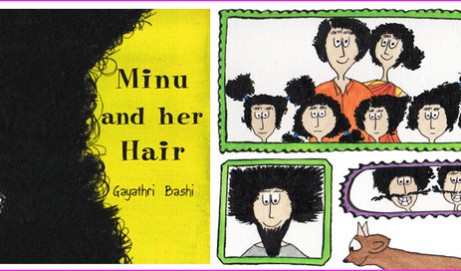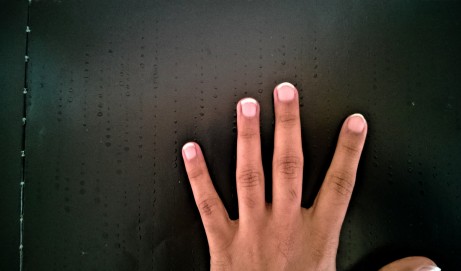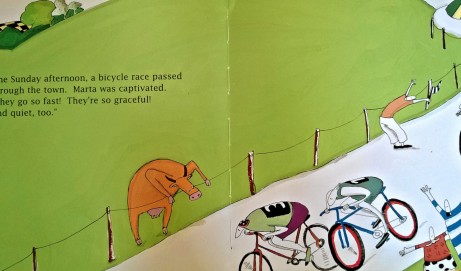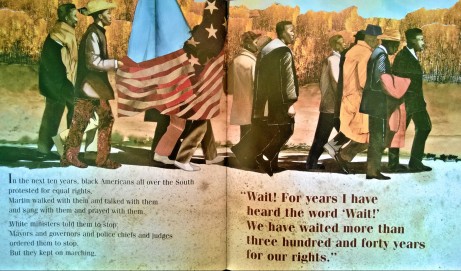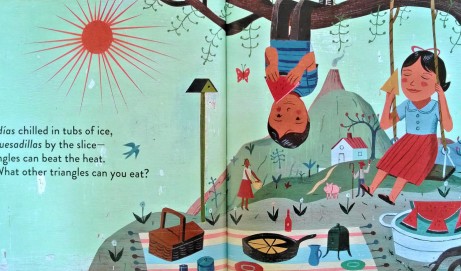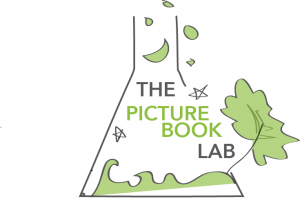Keeping it simple: paper, pen & ink...
When I started illustrating, one of the first mediums I was drawn to (pardon the pun :)) experiment with was pen and ink. There is something so classic about black and white, and the intensity and energy of black strokes on paper; I love it. Probably the most basic way of working with pen and ink is the humble dip pen. It is also the most inexpensive start to trying out a medium– basic nibs cost approximately 20-50 cents/12-30 rupees each. If you use them a lot they do wear out pretty quickly, but luckily getting replacements isn’t costly or difficult. If you’re trying dip pens for the first time I encourage you to take a few different types of nibs so you can see the varied results you can get. I started out...
read more
